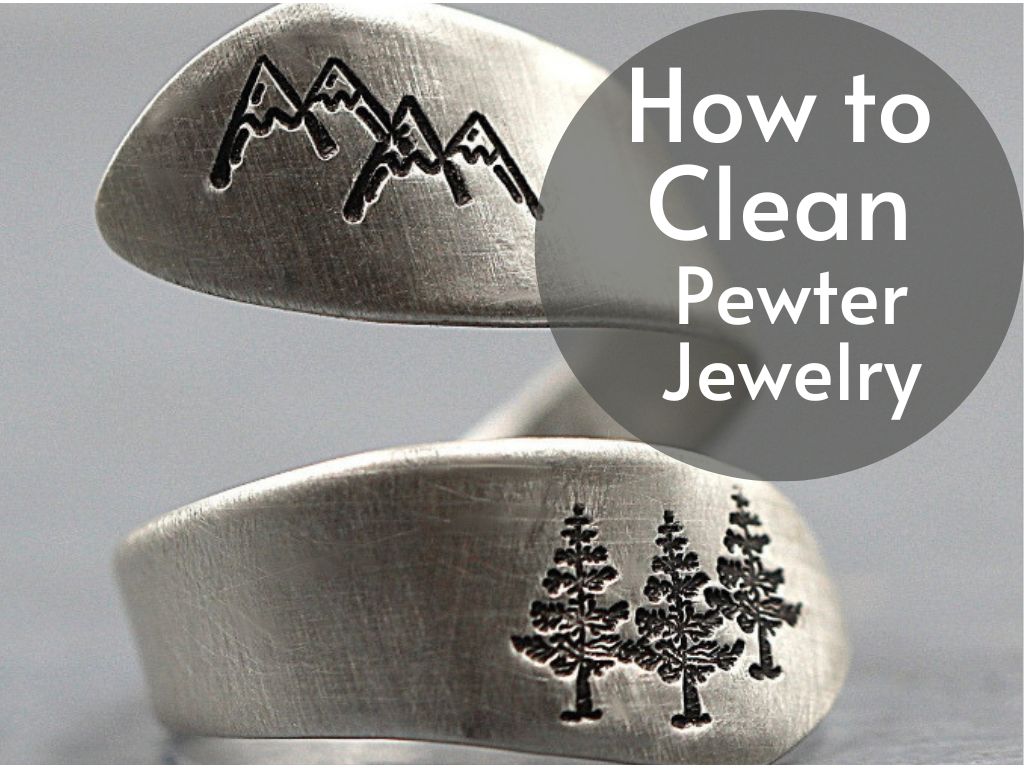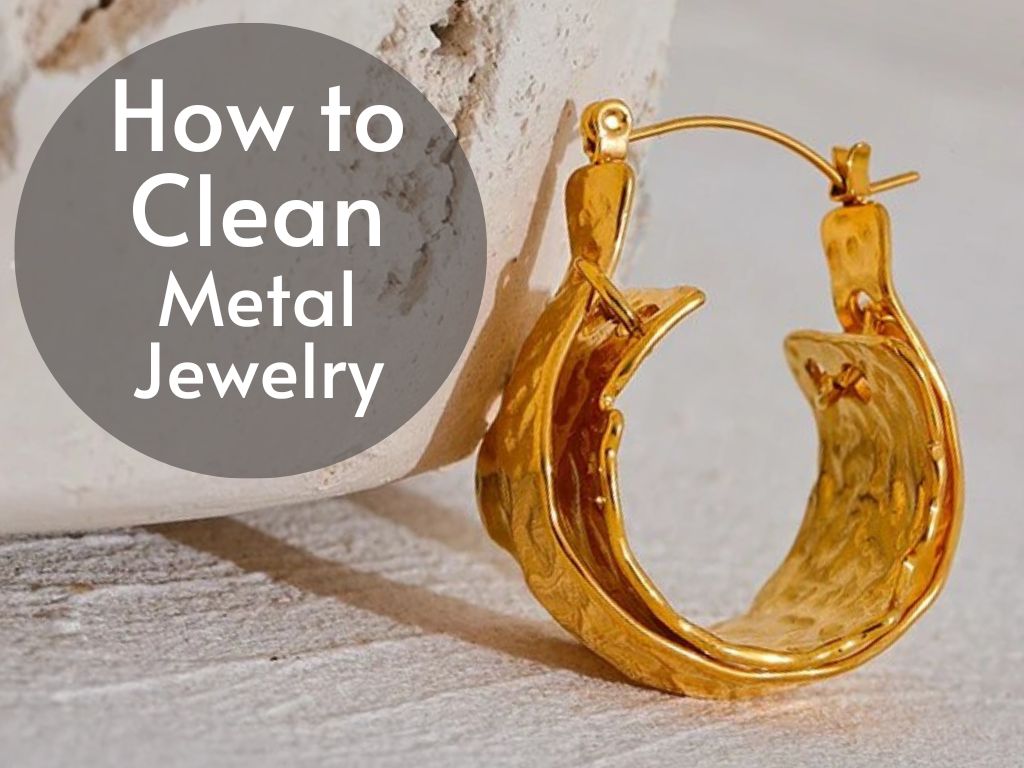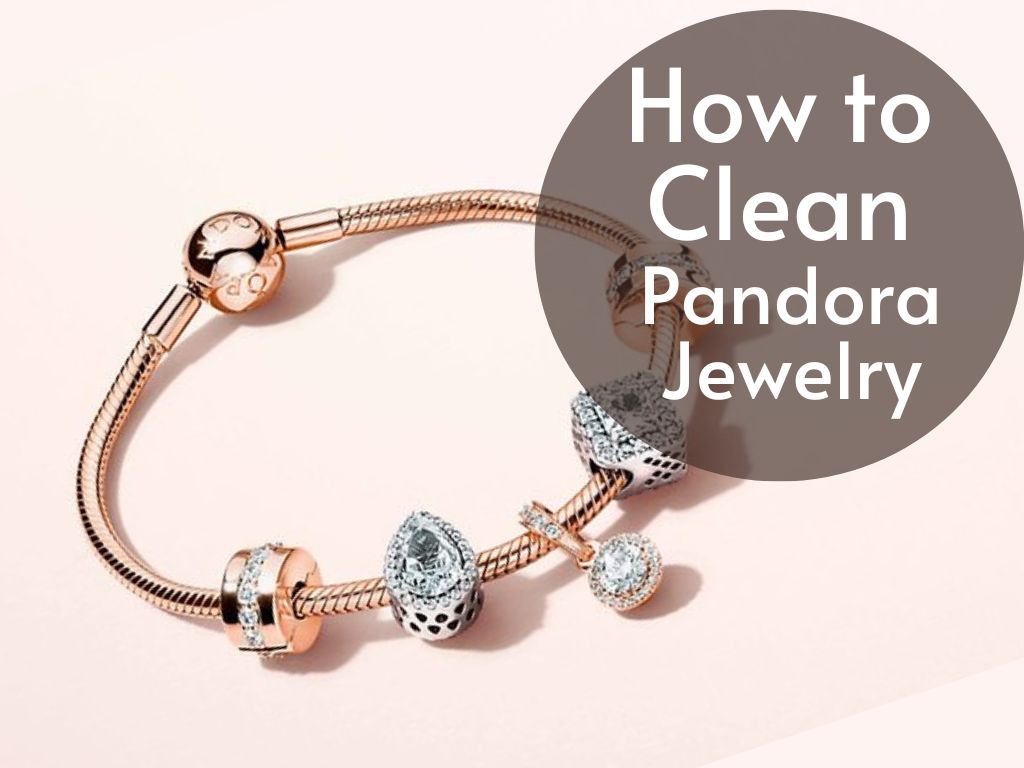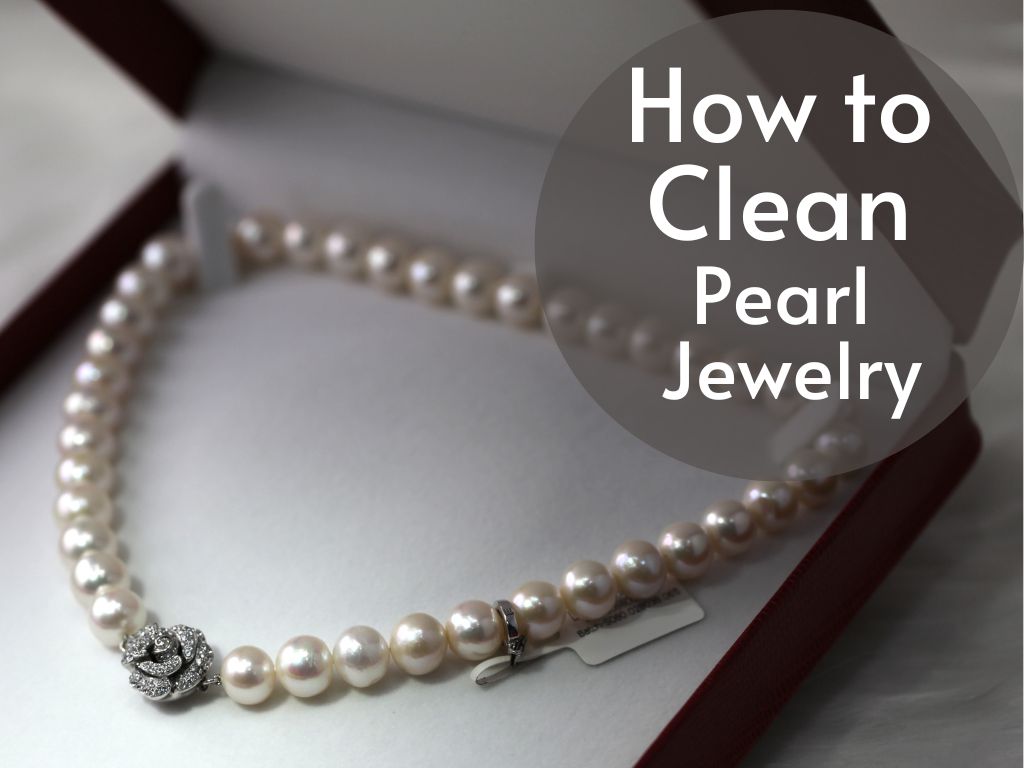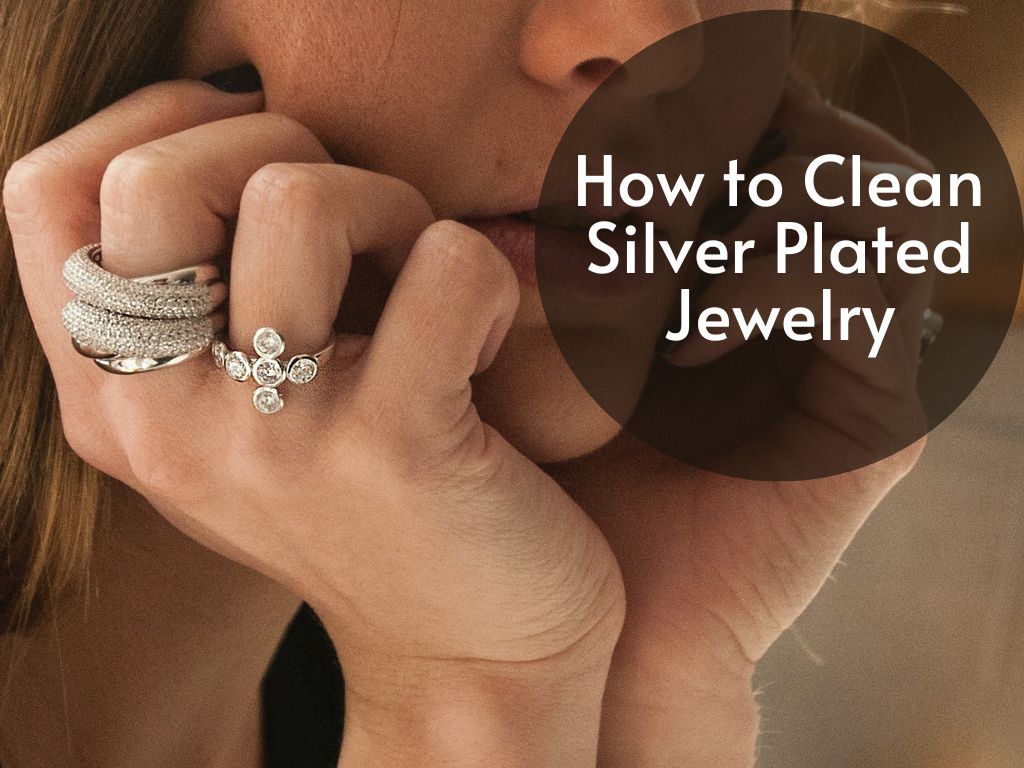Pewter jewelry has been cherished for centuries and continues to captivate individuals with its unique charm. Derived from an alloy composed primarily of tin, along with small proportions of antimony and copper, pewter has become a popular choice for crafting intricate jewelry pieces. Its malleability allows artisans to fashion exquisite designs, incorporating various gemstones or embellishments to enhance its allure.
Pewter jewelry holds a significant place in both historical and contemporary contexts. Throughout history, pewter was widely used in Europe during the Middle Ages, where it was admired for its affordability and versatility compared to precious metals like gold or silver.
Today, pewter jewelry maintains its appeal due to its affordability, durability, and versatility in style. Whether you have a vintage heirloom or a modern piece adorning your collection, regular maintenance is essential to preserve the luster and beauty of your pewter jewelry.
Brief Overview of Pewter Jewelry’s Popularity
Pewter jewelry has garnered widespread popularity due to its distinct characteristics that set it apart from other materials used in the creation of accessories. Its subtle sheen gives off an understated elegance that appeals to those seeking a more subtle adornment option. The inherent softness of pewter allows artisans greater flexibility when shaping intricate designs that might not be feasible with other rigid metals.
Moreover, the affordability factor makes pewter jewelry accessible to a wide range of individuals who desire stylish accessories without breaking the bank. The craftsmanship involved in creating these pieces often exhibits remarkable attention to detail – from delicate filigree work to intricately carved motifs – making each piece truly unique.
Importance of Regular Cleaning to Maintain Luster and Prevent Tarnish
Regular cleaning is vital for maintaining the lustrous appearance of your pewter jewelry over time. Like any metal exposed to air and moisture, pewter is prone to tarnishing. Tarnish occurs as a result of oxidation, where the metal reacts with elements in the environment, forming a dull or blackish patina on the surface.
To preserve its natural shine and prevent tarnish from setting in, regular cleaning is essential. By cleaning your pewter jewelry regularly, you remove accumulated dirt, oils, and other contaminants that can diminish its beauty.
Additionally, keeping your pewter jewelry clean helps prevent tarnish from becoming deeply ingrained and more difficult to remove. Regular maintenance not only ensures that your jewelry stays aesthetically pleasing but also extends its lifespan.
In the upcoming sections, we will delve into the process of cleaning pewter jewelry thoroughly. We will explore the tools and materials required for safe cleaning practices while providing a step-by-step guide to help you clean and maintain your cherished pewter pieces with ease.
Understanding Pewter Jewelry
The Enchanting Composition of Pewter
Pewter is an alluring metal alloy that has been cherished for centuries, admired for its elegant appearance and versatility. Composed primarily of tin, pewter also contains small amounts of antimony and copper. This unique combination results in a malleable yet durable material that artisans have skillfully transformed into exquisite jewelry pieces.
The high tin content, typically ranging from 90% to 97%, gives pewter its distinctive silvery-gray hue, while the addition of antimony enhances its hardness and strength. Copper, on the other hand, offers pewter excellent corrosion resistance.
An Array of Finishes: Polished, Satin, and Oxidized
Pewter jewelry showcases a variety of captivating finishes that accentuate its inherent beauty. The most common finish is polished pewter which boasts a lustrous sheen that catches the light with every movement. It lends an air of sophistication to any ensemble.
For those seeking a more subtle or matte appearance, satin-finished pewter is an excellent choice. This finish features a smooth yet slightly textured surface that exudes understated elegance.
For those who appreciate vintage or rustic aesthetics, oxidized pewter delivers a distinctively aged look by intentionally darkening the metal through chemical treatment or controlled exposure to air. This process creates intricate patterns and highlights fine details in the jewelry piece while adding depth and character.
Enriching Accents: Gemstones and Embellishments
To further enhance the allure of pewter jewelry, craftsmen often incorporate enchanting gemstones or vibrant embellishments into their designs. From iridescent pearls to shimmering crystals or colorful semi-precious stones like amethysts and turquoise – these precious additions provide mesmerizing accents to complement the natural beauty of pewter.
The careful juxtaposition of pewter with gemstones lends an aesthetically pleasing contrast, creating a captivating visual harmony. Beyond gemstones, artisans also employ various artistic techniques to add intricate embellishments to their pewter creations.
These can include exquisite engravings, delicate filigree patterns, or even playful motifs inspired by nature or mythology. Such embellishments serve to elevate the overall aesthetic appeal of the jewelry piece and make it a unique and cherished work of art.
Understanding the composition of pewter, the different finishes available, and the range of gemstones and embellishments used in pewter jewelry allows one to appreciate its craftsmanship on a deeper level. By gaining this insight, you can better understand how to care for your treasured pewter pieces effectively while acknowledging the skill and artistry involved in their creation.
Tools and Materials Required for Cleaning Pewter Jewelry
Soft-bristled toothbrush or a dedicated jewelry cleaning brush
When it comes to cleaning pewter jewelry, using the right tools is essential. A soft-bristled toothbrush or a dedicated jewelry cleaning brush is perfect for gently scrubbing away dirt and grime without causing any damage to the delicate surface of your beloved pieces.
Opt for brushes with bristles that are not too stiff to prevent scratching the pewter’s finish. The bristles should be fine enough to reach into intricate details and crevices without causing any harm.
Mild dish soap or specialized jewelry cleaner suitable for pewter
The choice of cleaning agent plays an important role in maintaining the pristine condition of your pewter jewelry. You can either go with a mild dish soap, preferably one free from harsh chemicals, or opt for a specialized jewelry cleaner specifically formulated for pewter.
These cleaners are designed to be gentle yet effective in removing tarnish and restoring the original shine of your cherished pieces. Avoid using abrasive cleaners, bleach, or ammonia-based products as they may cause irreversible damage to the delicate finish of your pewter jewelry.
Warm water
One cannot emphasize enough the importance of using warm water when cleaning pewter jewelry. Warm water helps to loosen dirt particles and soften any residues on the surface, making it easier to remove them without excessive scrubbing. It is crucial to ensure that the water isn’t too hot as extreme temperatures can affect certain gemstones or adhesives present in your jewelry pieces.
Soft microfiber cloth or lint-free towel
Once you have cleaned your pewter jewelry thoroughly, drying it properly is equally crucial in preventing water spots and maintaining its shine. Using a soft microfiber cloth or a lint-free towel is highly recommended as these materials are gentle on the surface of the pewter and other components while effectively absorbing moisture. Avoid using paper towels or rough fabrics that can leave scratches on your jewelry.
Optional: non-abrasive polishing cream or paste for stubborn tarnish
In case you encounter stubborn tarnish or discoloration on your pewter jewelry, you may consider using a non-abrasive polishing cream or paste. These specialized products are designed to gently remove tarnish without causing harm to the finish of your jewelry.
Follow the instructions provided by the manufacturer carefully, applying a small amount of the polishing cream onto a soft cloth and gently rubbing it onto the affected areas. Remember to rinse off any residue thoroughly and dry your jewelry properly afterwards.
By having these essential tools and materials at hand, you can ensure that your pewter jewelry remains gleaming and radiant throughout its lifespan. Taking care of these cherished pieces not only preserves their beauty but also extends their longevity, enabling you to enjoy them for years to come.
Step-by-Step Cleaning Process for Pewter Jewelry
Preparing the cleaning solution:
To ensure effective and safe cleaning of your pewter jewelry, it is crucial to prepare the appropriate cleaning solution. Begin by filling a small bowl with warm water, ensuring the temperature is comfortable to touch. Next, add a few drops of mild dish soap or a specialized jewelry cleaner specifically formulated for pewter.
These gentle cleansers will help remove dirt and grime without damaging the metal. Once the soap or cleaner is added, gently mix the solution until it forms a soapy mixture with consistent bubbles.
Cleaning the pewter jewelry:
Now that your cleaning solution is ready, it’s time to clean your treasured pewter jewelry. Begin by gently placing each piece into the prepared cleaning solution, ensuring they are fully submerged. Allow them to soak for approximately 5-10 minutes to loosen any dirt or grime that has accumulated over time.
This soaking step is crucial as it helps soften and lift debris from intricate crevices. After soaking, take a soft-bristled toothbrush or a dedicated jewelry cleaning brush and carefully scrub the surface of each piece of pewter jewelry in circular motions.
Pay close attention to intricate details such as filigree work or gemstone settings while being gentle to avoid any damage. The bristles will effectively remove any remaining dirt particles without scratching or harming the metal’s surface.
Once you have thoroughly scrubbed each piece, rinse them under running water to eliminate any leftover soap residue from both the jewelry and brushing tool. Make sure all suds are completely washed away—this step ensures that no residue remains on your precious pieces.
Drying and polishing:
After rinsing off all soap residue, place your cleaned pewter jewelry onto a soft microfiber cloth or lint-free towel in a single layer. Pat them gently to blot away excess moisture, being careful not to rub or exert too much pressure as it may cause scratches or damage delicate components.
If you wish to enhance the shine and remove stubborn tarnish from your pewter jewelry, consider using a non-abrasive polishing cream or paste. Apply a small amount onto a clean, soft cloth and gently polish the jewelry in circular motions.
This will help restore its luster and bring out its natural beauty. Remember that pewter is relatively soft, so always handle it with care during both cleaning and drying processes to avoid any accidental damage.
Conclusion
By following this step-by-step cleaning process for your pewter jewelry, you can ensure that each piece remains radiant and free from tarnish for years to come. Regular maintenance is key in preserving their timeless beauty while protecting their intricate details.
Remember, caring for your pewter jewelry not only extends its lifespan but also maintains a sense of personal connection with these cherished accessories. So embrace the joy of caring for your pieces, knowing that they will continue to shine and bring delight whenever worn.

